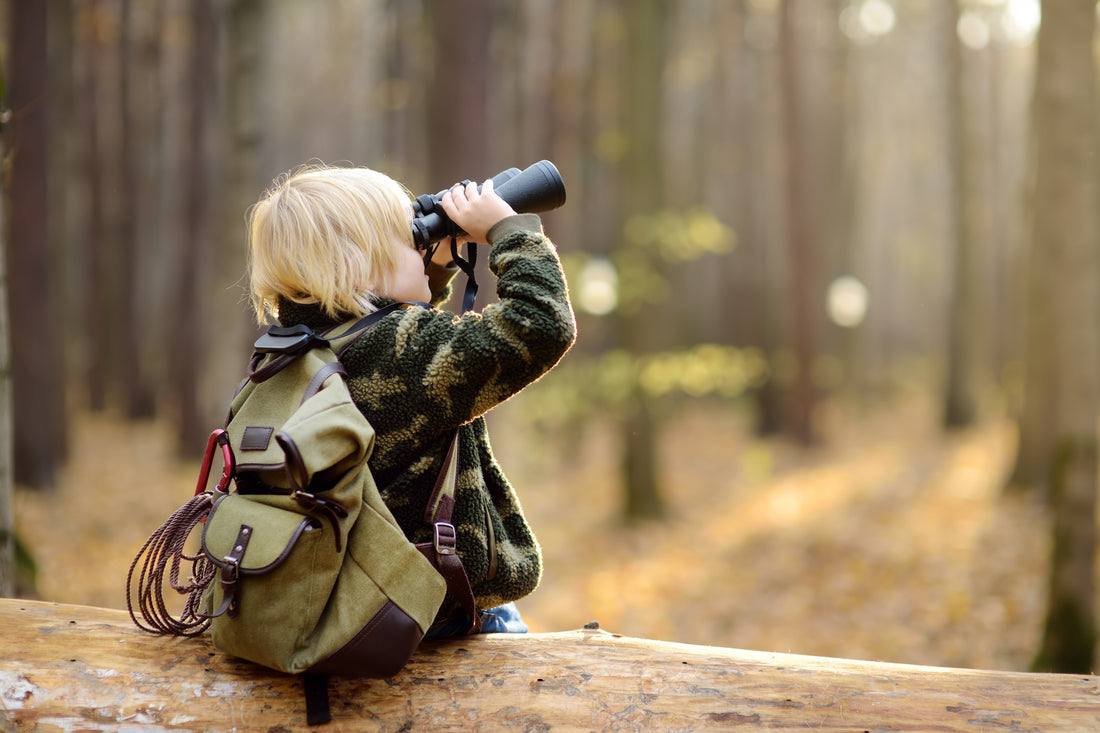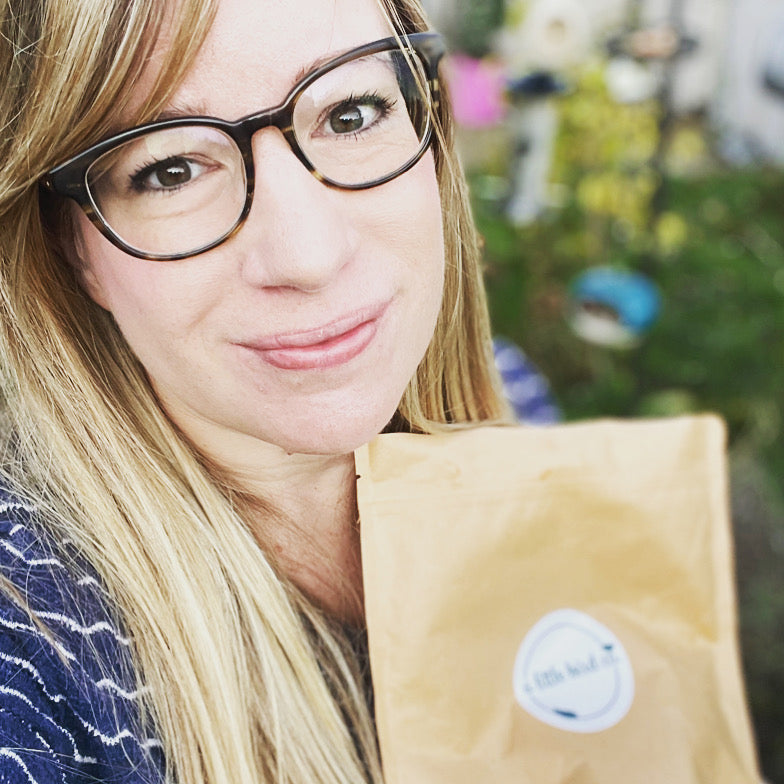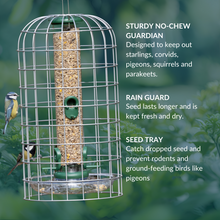Nature, Curiosity and Kids: How to Spark a Love of Wildlife

Getting kids connected with wildlife isn’t just something lovely to do - it genuinely helps them feel better, learn more, and grow up with a stronger sense of the world around them. And in a world full of screens and busy routines, that connection is more important than ever.
A study by The Wildlife Trusts in 2019 found that children who spent time doing outdoor nature activities felt happier and healthier. Teachers noticed the difference too - children were calmer, more confident, and more sociable after regular time in nature. Even a short burst outdoors - spotting birds, climbing trees, poking about in a patch of grass - can do wonders for their mood and motivation.
Outdoor play also helps kids build resilience. Research from the University of Exeter in 2022 showed that slightly risky play - climbing, balancing, exploring - helps children manage fear, solve problems, and handle stress. Nature gives them the space to take those small, healthy risks in a safe way. And let’s not forget the simple joy of it all - watching butterflies, listening to birdsong, or catching sight of a squirrel bouncing across a fence. These everyday moments bring a sense of calm, excitement and wonder, often all at once.
But here’s the thing: kids today are spending less time outside than ever. A 2020 survey by PlayFirst UK found that children spend less than half their playtime outdoors. At the same time, screen use is going up - and by the age of eight, the average child in the UK has already spent the equivalent of a full year in front of screens.
That might help explain why so many children can’t name some of our most common plants and animals. A study by the National Trust in 2017 found that fewer than half of UK children could identify a robin, and fewer than 1 in 5 could name a bluebell. It’s not about testing kids or catching them out - it just shows that we need to help them reconnect with the world outside their window.
Luckily, even small moments with nature can make a big difference. Research shows that kids who regularly connect with nature tend to care more about the environment. They’re more likely to want to protect animals, understand how habitats work, and see how everything fits together. They also tend to be more confident and creative - and teachers say they’re often more focused, too, when learning moves outside.
So what can we do, as parents? It doesn’t have to be complicated or Pinterest-worthy. It could be noticing which birds visit the garden, listening out for birdsong on the school run, or starting a tally of how many daisies or dandelions you spot on a walk. You could name butterflies together or chat about their behaviour, notice the first bee you see in spring, or keep an eye out for the tall, candle-like blossoms on the horse chestnut tree. See who can collect the biggest conker, or use leaves and bark in a bit of messy craft. And almost most importantly, don’t worry if you don’t know the answer to something – sharing that moment of curiosity and looking it up together can be just as valuable. If you can't identify a birdsong, that’s okay. That gentle attention - naming things, asking questions, just wondering out loud - helps children feel more connected, more grounded, and more in tune with the world around them.
Connecting with wildlife can lift a child’s mood, ease stress, and give them a quiet, joyful way to relax. It can be exciting, calming, surprising or silly - and sometimes all of those at once. The more time they spend with nature, the more they grow to care about it. And as David Attenborough puts it: "No one will protect what they don’t care about; and no one will care about what they have never experienced."
If you’ve got a little bookworm in the family, there’s always space on the shelf for a lovely bird book. My First Book of Birds by Zoë Ingram is a brilliant starting point, full of bright pictures and fun facts that children love to read and share.
Whenever the opportunity comes up, we’ll be sharing ideas to help your children notice more of the wildlife around them - and to enjoy those small, happy moments that can make the everyday feel just a bit more magical.

















